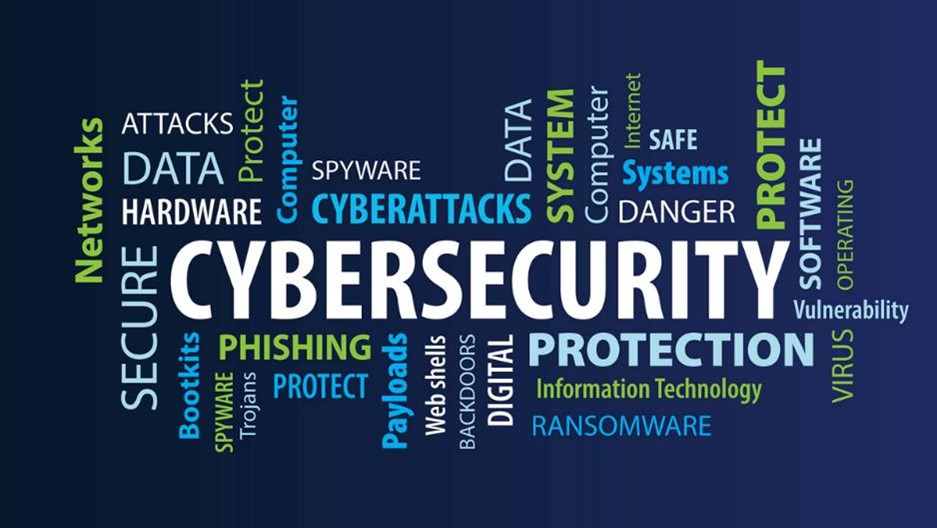Here are some key aspects of cyber security training that organisations should consider.
Threat Awareness
Cybersecurity training should focus on increasing threat awareness among employees. This includes identifying common types of cyber threats (such as phishing, malware, and ransomware), as well as understanding how these threats can impact the organization [1].
Best Practices
Cybersecurity training should also cover best practices for preventing cyber attacks. This includes using strong passwords, avoiding suspicious emails or links, and reporting any suspicious activity to the appropriate IT personnel [2].
Compliance Requirements
Many organizations are subject to regulatory compliance requirements, such as GDPR or HIPAA. Cybersecurity training should help employees understand these requirements and how they can help ensure compliance [3].
Incident Response
Even with strong prevention measures in place, it’s important to have an incident response plan in case of a cyber attack. Cybersecurity training should cover how to respond to a security incident, including who to contact and what steps to take to minimize damage [4].
Ongoing Training
Cyber threats are constantly evolving, so cybersecurity training should be an ongoing process. Regularly scheduled training sessions and updates can help ensure that employees are up-to-date on the latest threats and best practices [5].
In conclusion, cybersecurity awareness training is an essential component of any organization’s cybersecurity strategy. By building awareness and providing ongoing training, organizations can help prevent cyber attacks and minimize the impact of successful attacks.

References
[2] Best Practices for Cybersecurity
[3] Compliance Requirements for IT Security
Stygian Cyber Security can help you secure your organisation against threats, ensure compliance and provide you with peace of mind with our range of cyber security solutions.
We’re a friendly and knowledgeable team, so have a browse or give us a call –we’re ready when you are.
This information is licensed under the Open Government Licence v3.0 except where otherwise stated.

